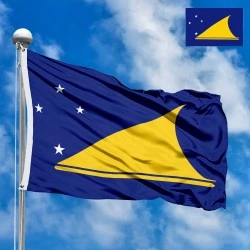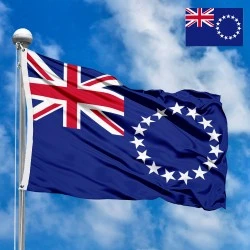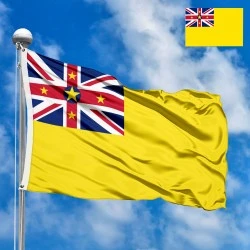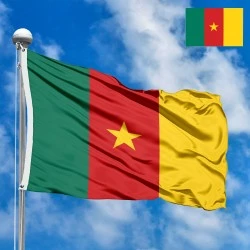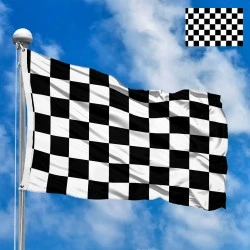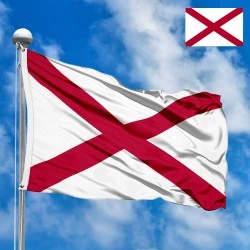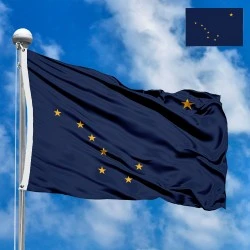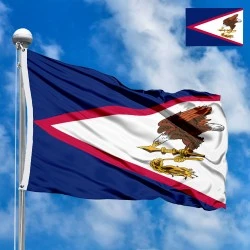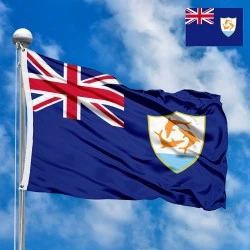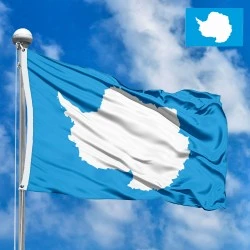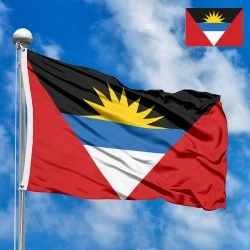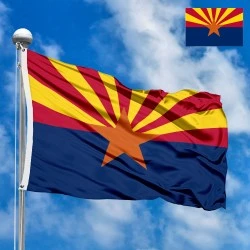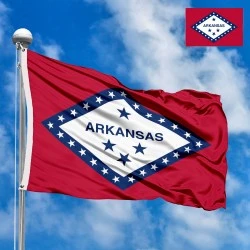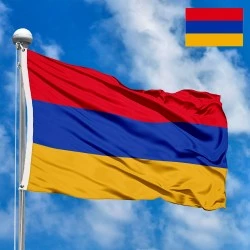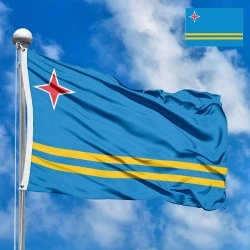New Zealand Flag
- Flag Type: State
- Proportions (official): 1:2
- Official name: New Zealand
- Local name: New Zealand, Aotearoa
- Sovereignty (year): YES (1907)
- Member of Organizations: UN, Commonwealth of Nations, Pacific Community
- Country code, territory: NZ, NZL, 554
- Capital: Wellington
- Large cities: Auckland, Christchurch
- Population: 5,300,000 (2024, estimate)
- Religions: Irreligious ~48%, Christianity ~38%
- Area (km²): 268 021
- Highest point: Aoraki/Mount Cook (3,724 m)
- Lowest point: Pacific Ocean (0 m)
- Currency: New Zealand dollar (NZD, NZ$)
- Languages: English, Māori
- Dialing code: +64
- National domain: .nz
Flag Information
General information
Demography and Culture
Economy and communications
- All Flags
- Flags of Countries by Continent
-
Flags of Organizations
- Flags of UN countries
- Flags of the European Union countries
- Flags of NATO countries
- Flags of the countries of the Organization of Islamic Cooperation
- Flags of the countries of the Organization of American States
- Flags of the Arab League countries
- Flags of the African Union countries
- Flags of the countries of the Union of South American Nations
- Flags of the Commonwealth of Nations
- Flags of the countries of the Secretariat of the Pacific Community
- Flags of the Nordic Council countries
- Flags of the Caribbean Community
- Flags of the countries of the Association of Southeast Asian Nations
- Flags of the East African Community
- Flags of the countries of the Organization of Turkic States
- LGBT Community Flags
- Historical Flags
- Ethnic Flags
- Flags of the USA (states)
Description
The flag of New Zealand is a powerful symbol that tells the story of the nation's history, geography, and its complex identity. Adopted on March 24, 1902, the flag is a representation of the country's past as a British colony, its present as an independent island nation, and the ongoing dialogue about its future.
Design and Symbolism
The flag is a Blue Ensign, a blue field with the Union Jack in the canton (the upper hoist-side quarter). On the fly side, there are four five-pointed red stars outlined in white, which form the constellation of the Southern Cross.
-
The Union Jack: Located in the canton, the Union Jack symbolizes New Zealand’s historical ties to the United Kingdom, reflecting its origins as a British colony and its membership in the Commonwealth of Nations. It serves as a tribute to the country's shared heritage and the sacrifices made in global conflicts.
-
The Blue Field: The deep blue background represents the vast Pacific Ocean that surrounds New Zealand. It symbolizes the sea and sky, which are fundamental to the nation’s identity, economy, and the way of life of its people.
-
The Southern Cross: The constellation of the Southern Cross is a prominent and universally recognized symbol of the Southern Hemisphere. For New Zealand, it represents its geographical location in the South Pacific. The four stars (Alpha, Beta, Gamma, and Delta Crucis) are of different sizes to reflect their varying brightness in the night sky. The red color of the stars is often interpreted as representing a link to the Māori people, who historically used red as a significant color in their art and culture. The stars also acted as a vital navigational aid for early Polynesian navigators.
History and Adoption
New Zealand's first official flag was the Flag of the United Tribes of New Zealand, adopted in 1834. This flag was chosen by Māori chiefs and recognized by King William IV of Great Britain, a significant marker of early bicultural relations. However, following the Treaty of Waitangi in 1840, New Zealand came under British rule, and the British flag was used.
Over time, New Zealand ships began using a modified British Blue Ensign. The current flag design was officially adopted in 1902 under the Ensign and Code Signals Act. The four stars were added to distinguish it from the Australian Blue Ensign, which also features the Southern Cross but with six stars and a different star arrangement.
In recent years, the flag has been the subject of significant public debate. Many people feel that the Union Jack does not adequately represent a modern, independent, and multicultural nation. The 2016 Flag Referendum, which presented a new design featuring a silver fern, saw the public vote to retain the current flag, reflecting a strong sense of tradition and historical continuity.
Flag Size and Proportions
The official ratio of the flag of New Zealand is 1:2 (width to length). The Union Jack occupies the top quarter of the flag, and the Southern Cross stars are positioned on the fly side. The stars themselves have specific dimensions and are placed at precise locations within the blue field to maintain the flag's correct appearance.
The Country, Region, and Meaning for Residents
New Zealand is an island country located in the southwestern Pacific Ocean, comprised of two main landmasses, the North Island and the South Island, and over 700 smaller islands. It is a constitutional monarchy within the Commonwealth. The indigenous Māori people are the tangata whenua (people of the land) and have a rich and vibrant culture that is an integral part of the nation's identity.
For New Zealanders, the flag's meaning is multifaceted. For some, it is a cherished symbol of tradition, the sacrifices of their forebears, and a bond with the Commonwealth. For others, it is a reminder of colonialism and a symbol that does not fully embrace the country's bicultural and multicultural reality. The flag, therefore, represents not only a shared history but also a national conversation about what it means to be a modern New Zealander.
Interesting Facts
-
New Zealand's national Māori flag, the Tino Rangatiratanga flag, is also officially recognized and often flown alongside the national flag.
-
The 2016 referendum presented an alternative flag design that featured the silver fern, a potent symbol of New Zealand's sporting teams and national identity.
-
The Southern Cross is also a prominent feature on the flags of other nations in the Southern Hemisphere, including Australia and Samoa, but the number and colors of the stars differ.
The flag of New Zealand is a powerful emblem that carries the weight of history and the hopes of the future. It is a symbol that sparks conversation and reflects the nation's ongoing journey of defining its identity.
In the demonstration images, full-size flags are shown with proportions of 2:3, and hand-held flags with proportions of 1:2.
Donation
Download
Completely free for commercial and non-commercial use (public domain).
You can freely use them in your news magazines, websites, software, mobile applications.
We appreciate a backlink to https://flagssite.com
Raster files - New Zealand Flag (PNG, JPG)
 Waving flag
Waving flag
- PNG format (transparent background), 72dpi, dimensions in Pixels (px), aspect ratio 3:4.
- 15х20 px
- 30х40 px
- 60х80 px
- 120x160 px
- 240x320 px
 Sizes:
Sizes:
"v15" - image size (by height); if necessary, replace with available: v15, v30, v60, v120, v240.
!!! For resizing, use the Latin (eng) keyboard layout.
<img src="https://flagssite.com/flags/v15/20706.png" alt="New Zealand Flag">
 Round flag
Round flag
- PNG format (transparent background), 72dpi, dimensions in Pixels (px), aspect ratio 1:1.
"d15" - image size (diameter); if necessary, replace with available: d15, d30, d60, d120, d240.
!!! For resizing, use the Latin (eng) keyboard layout.
<img src="https://flagssite.com/flags/d15/20706.png" alt="New Zealand Flag">
 Rectangular flag 2:3
Rectangular flag 2:3
- JPG format, 72dpi, dimensions in Pixels (px), aspect ratio 2:3.
"h30" - image size (by height); if necessary, replace with available: h15, h30, h60, h120, h240, h360, h480.
!!! For resizing, use the Latin (eng) keyboard layout.
<img src="https://flagssite.com/flags/h30/20706.jpg" alt="New Zealand Flag">

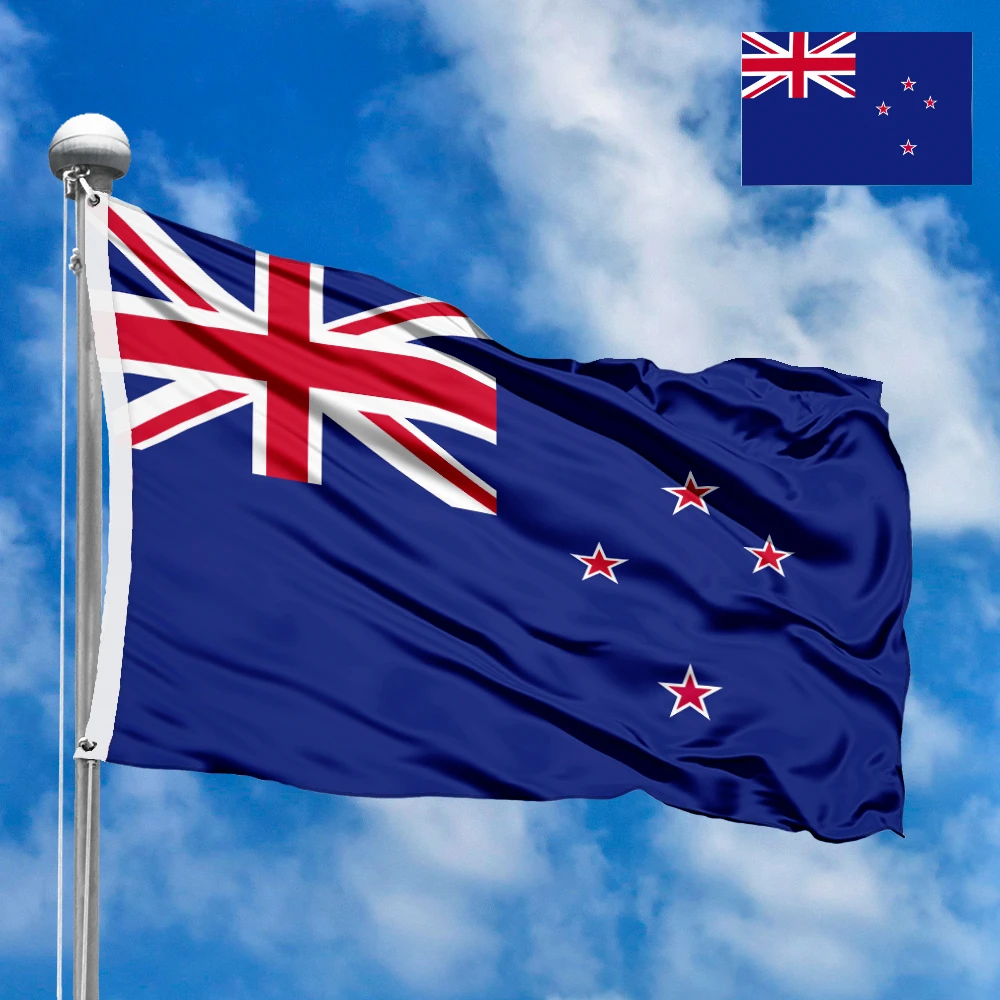
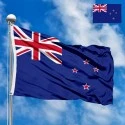
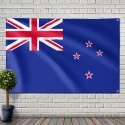


 Sizes:
Sizes:
 Sizes:
Sizes:
